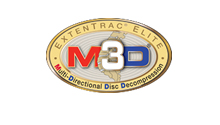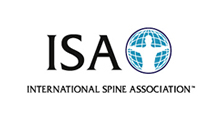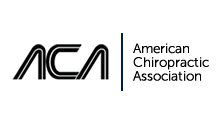
Spine Disorders
|
SIGNS AND SYMPTOMS AS commonly involves the spine but it can lead to inflammation, pain and stiffness in other areas of the body such as the shoulders, hips, ribs, heels and small joints of the hands and feet. Sometimes the eyes are involved with a condition referred to as iritis/uveitis. Although somewhat rare, in severe cases the heart and lungs may become compromised. The hallmark feature of AS is the involvement of the sacroiliac (SI) joints characterized by focal pain, discomfort and/or stiffness. The most common signs and symptoms of AS include:
CAUSES The exact cause of ankylosing spondylitis (AS) is unknown. Research has suggested that genetics play a key role in the development of AS. Most individuals who have AS have a gene that produces a "genetic marker", a protein referred to as HLA-B27. This marker is found in over 90% of caucasian individuals with AS. The correlation of HLA-B27 with AS varies significantly in other racial and ethnic groups. The majority of people with this marker never develop AS. It is suspected that there are a variety of environmental triggers in susceptible individuals for the development AS. RISK FACTORS Risk factors that predispose an individual to developing ankylosing spondylitis include:
|
















